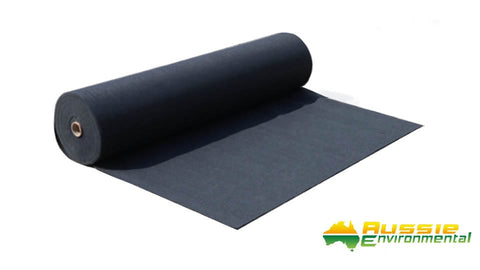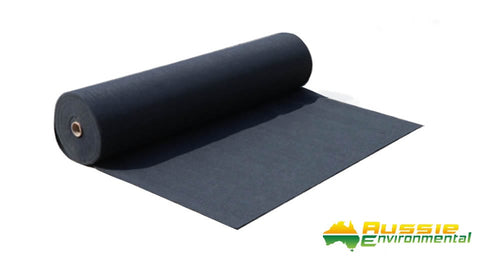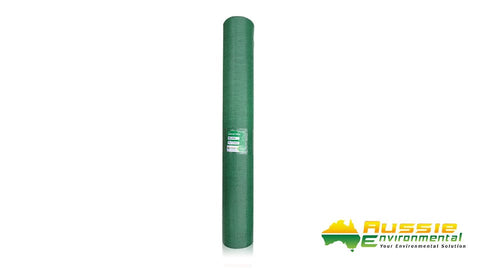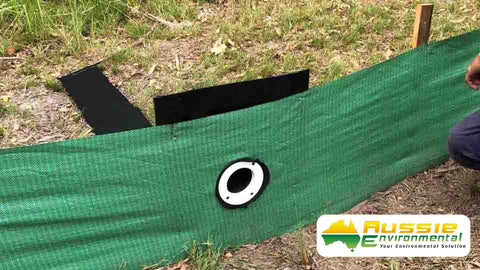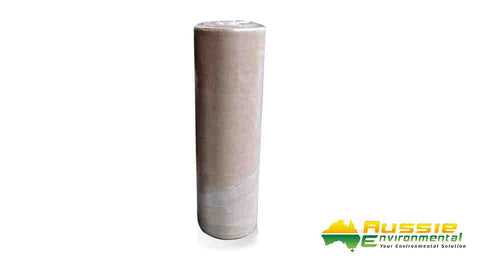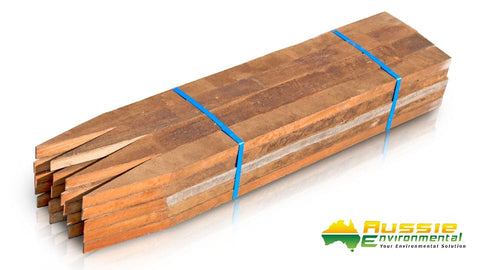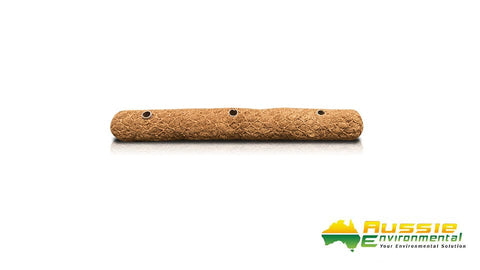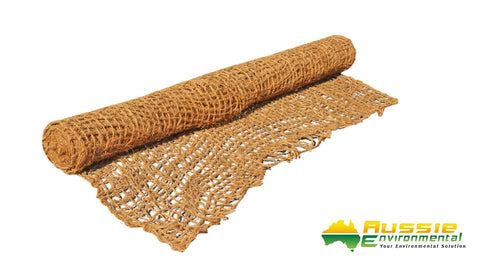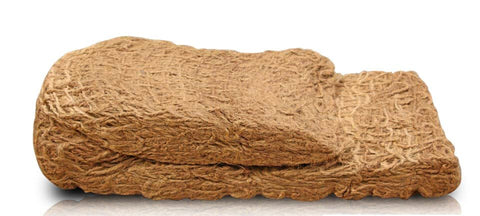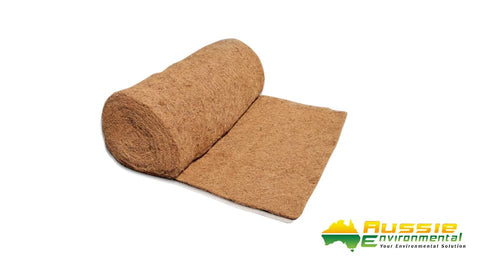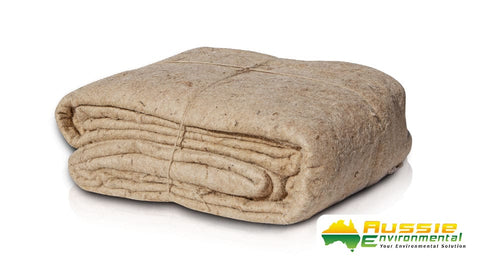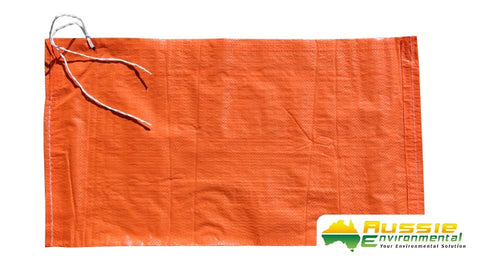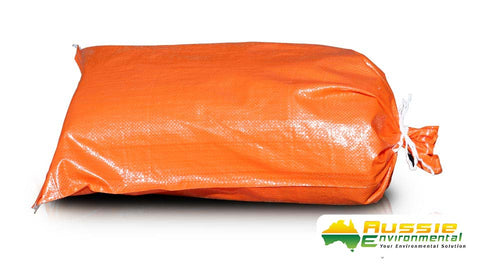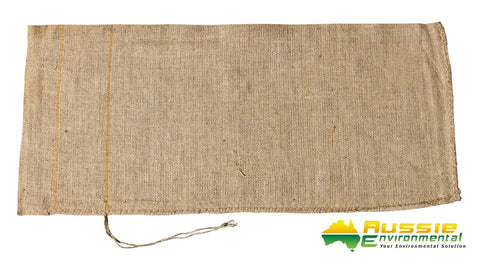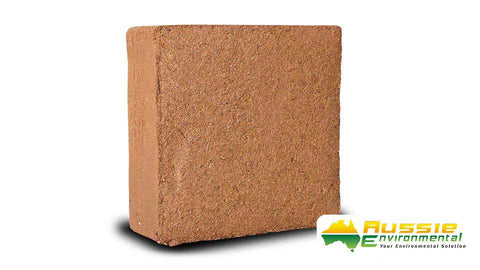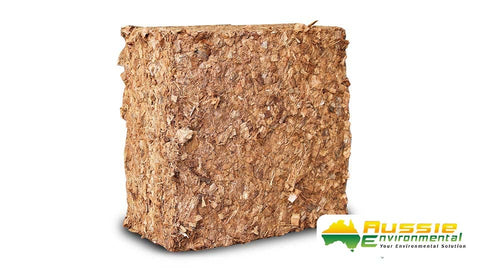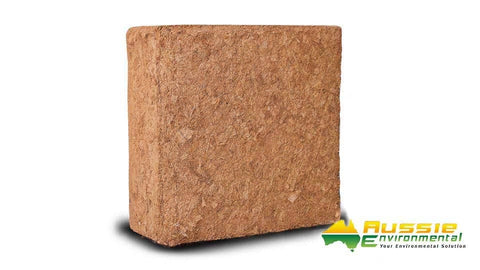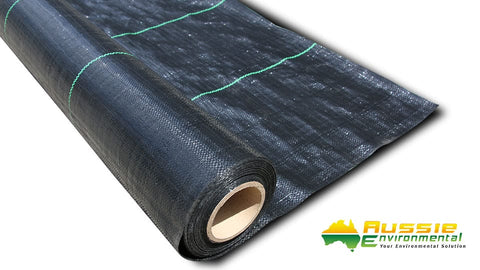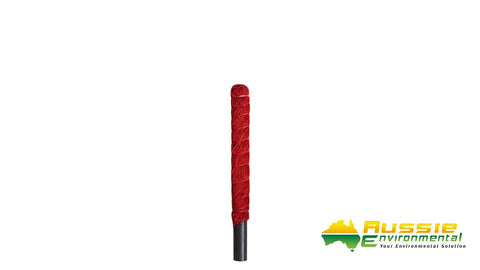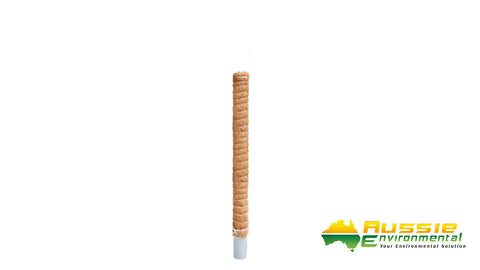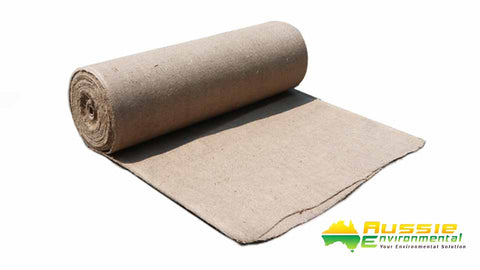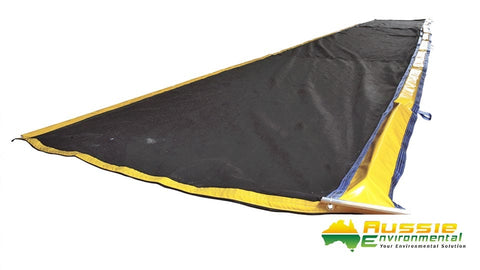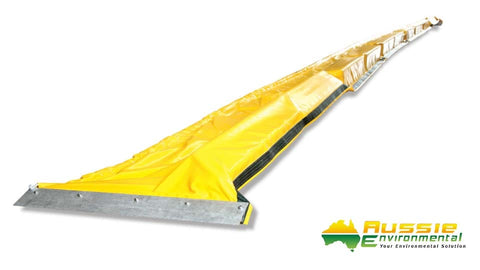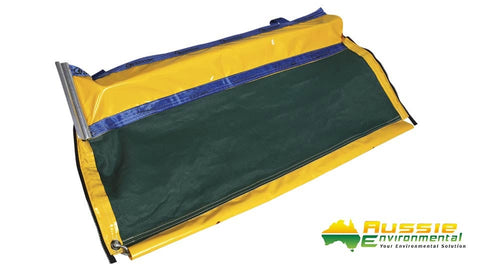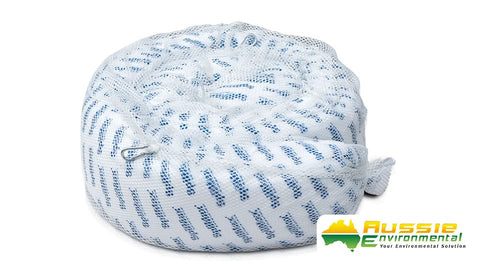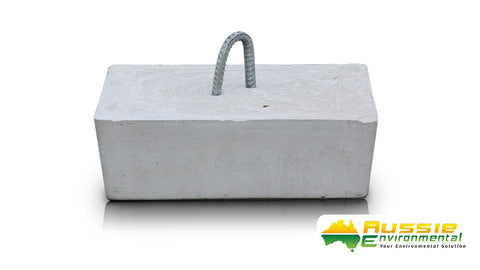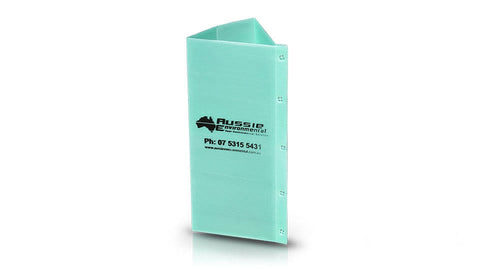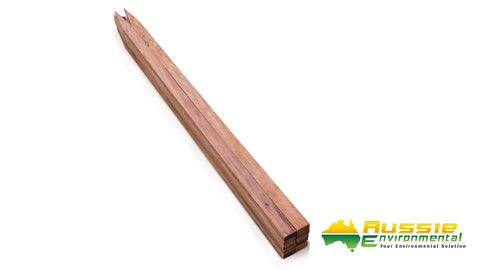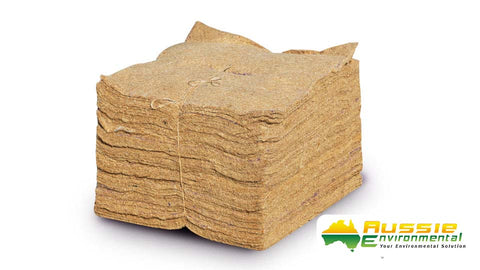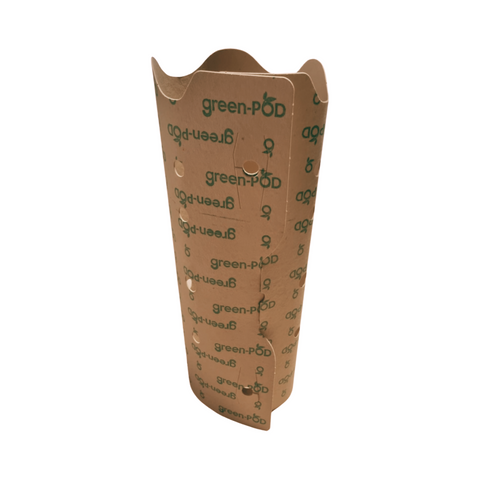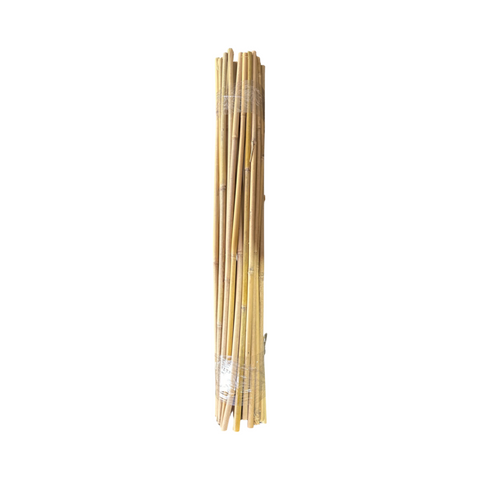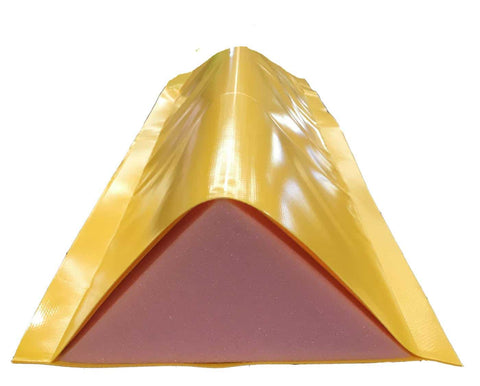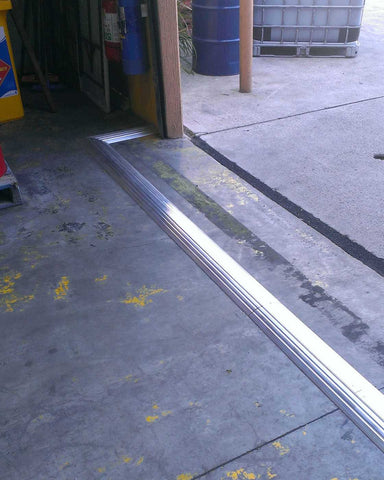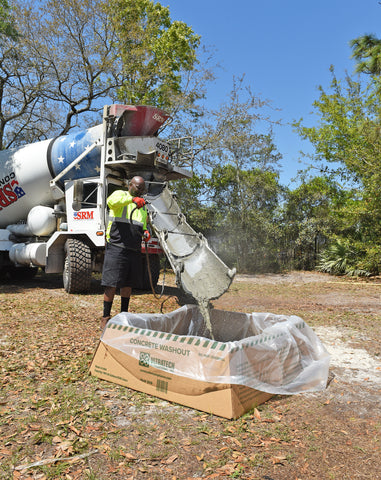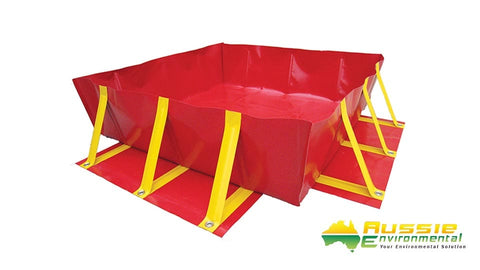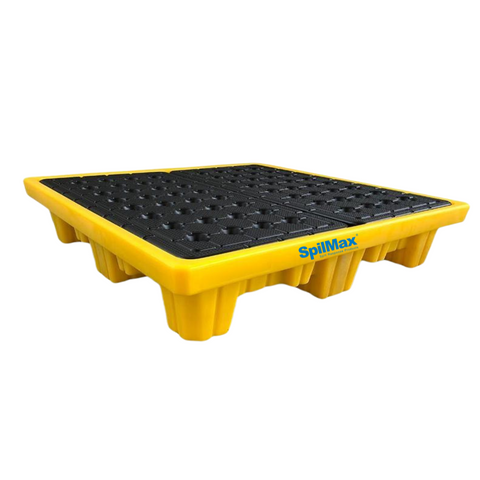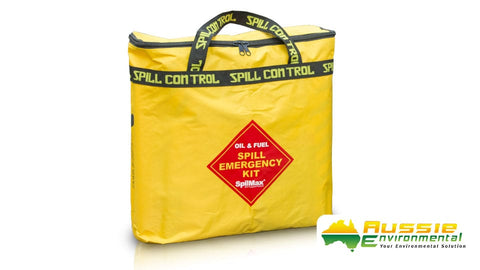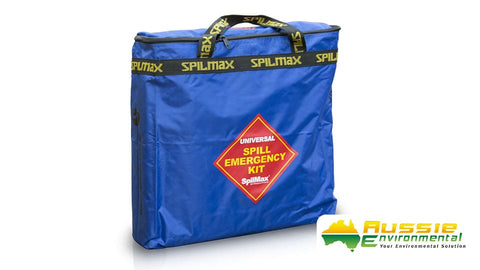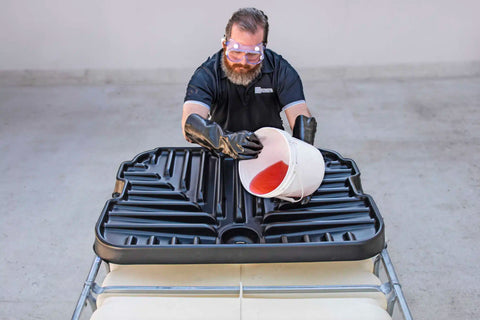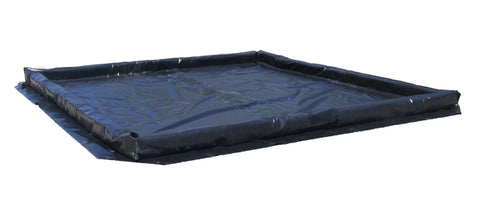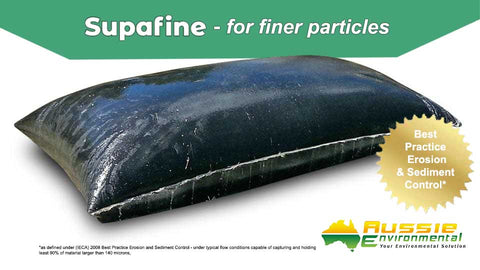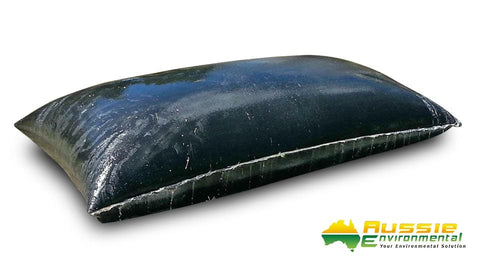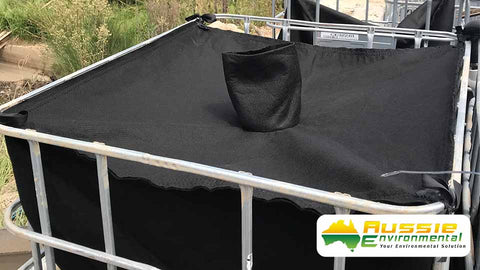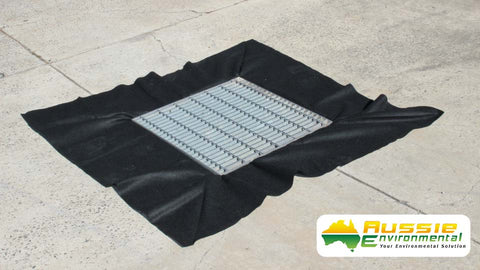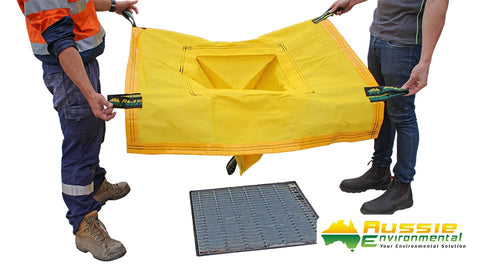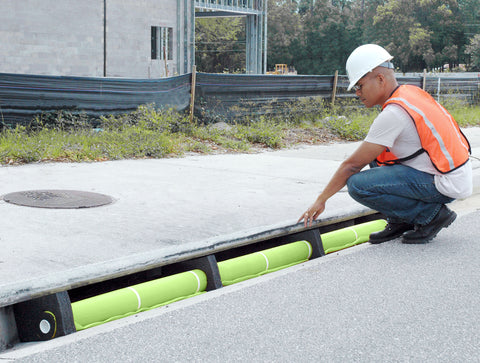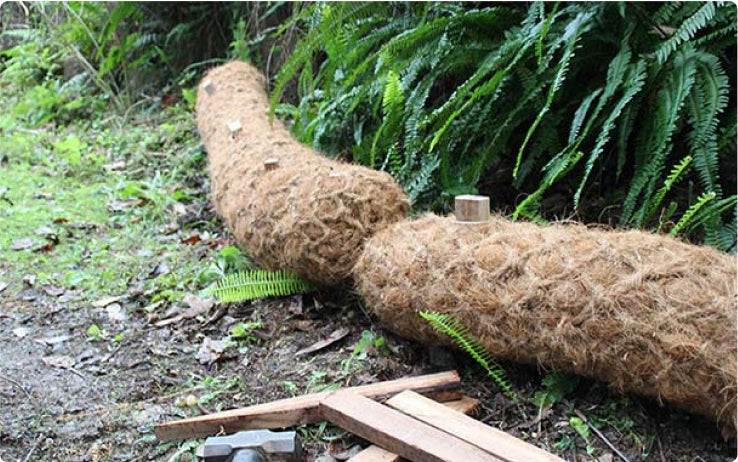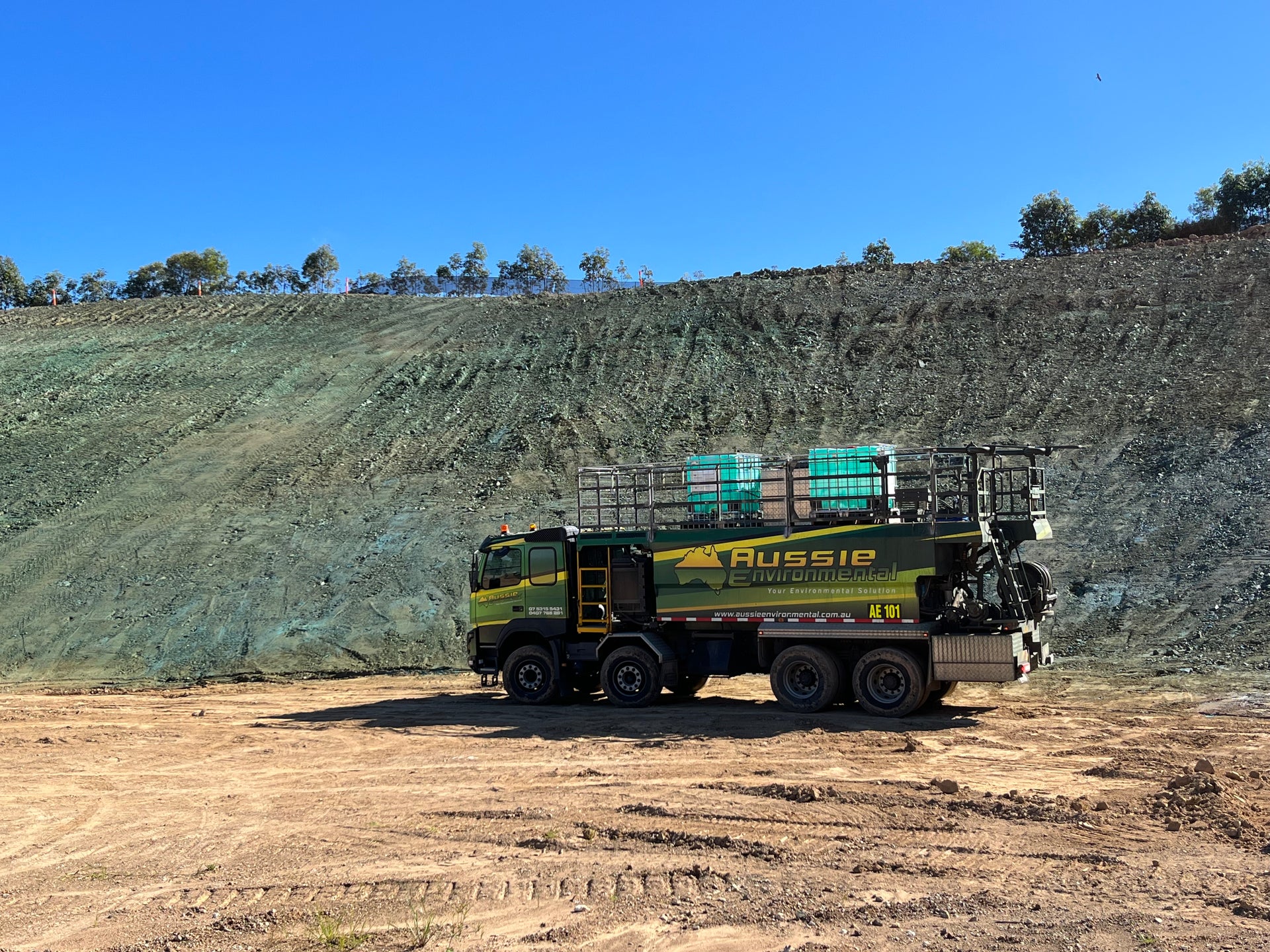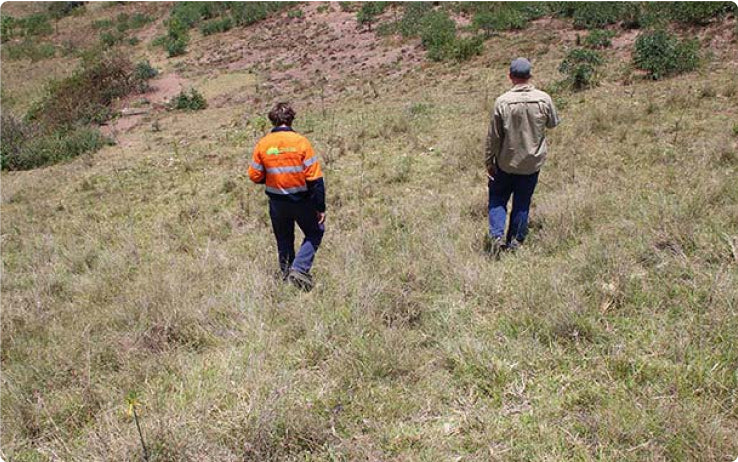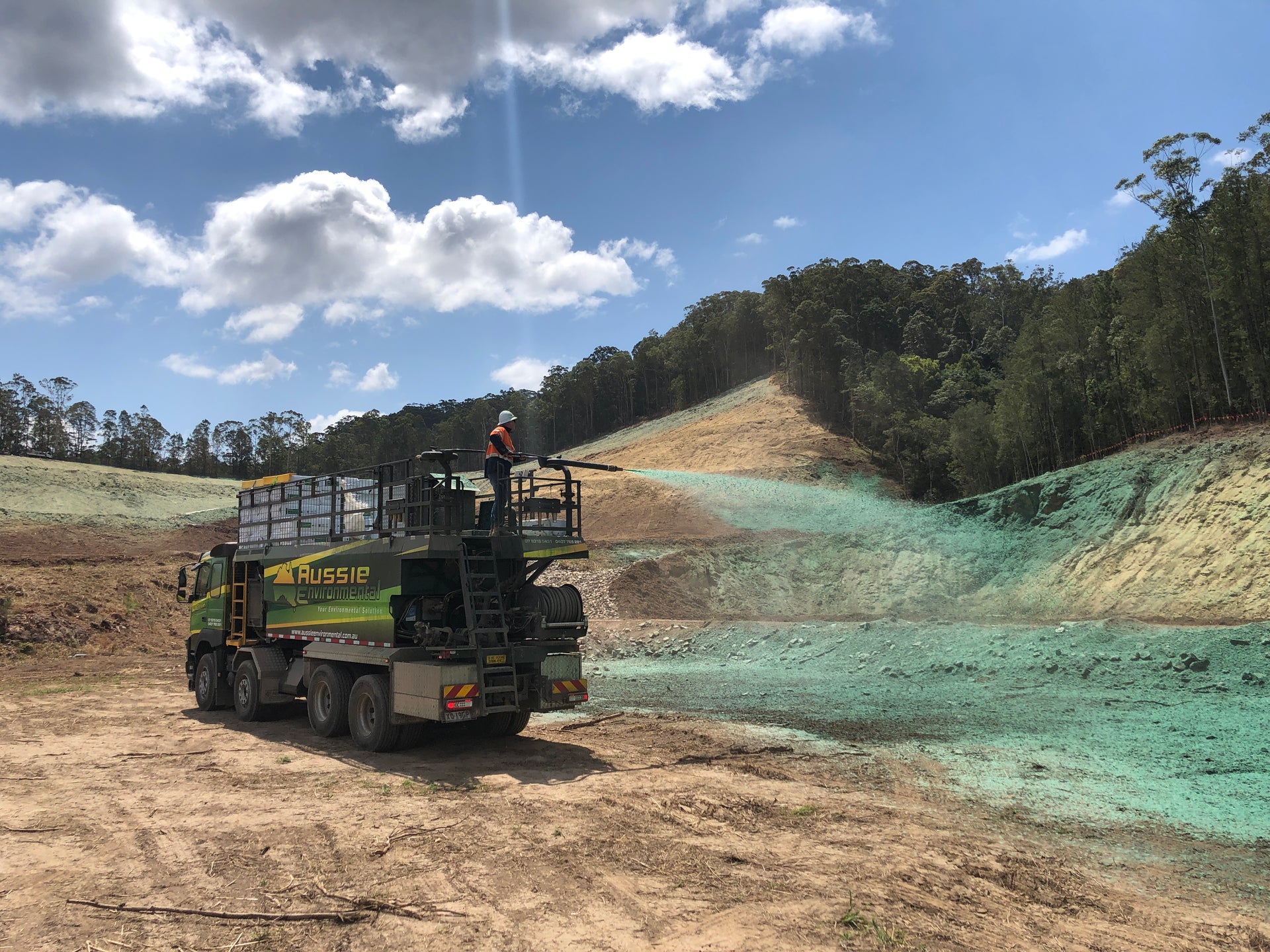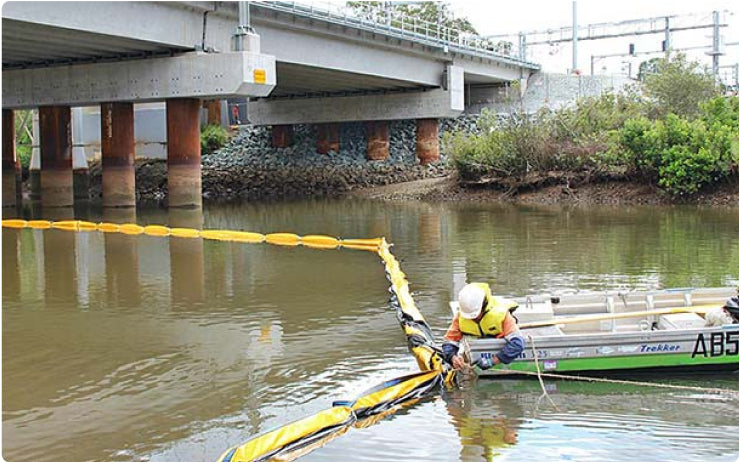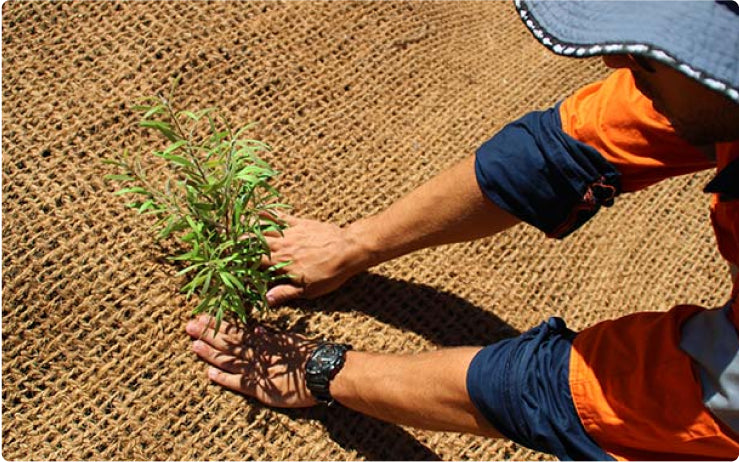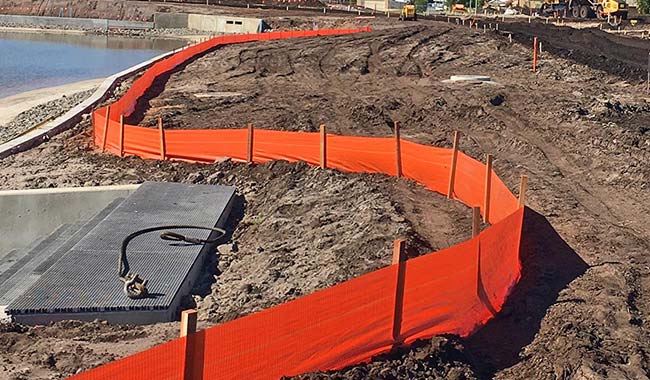How to Successfully Grow Grass on Slopes and Erosion-Prone Areas

Growing grass on slopes or erosion-prone areas might seem like a difficult task,but with the right approach, it’s entirely achievable. Whether you’re restoring a backyard embankment, stabilising a roadside verge, or rehabilitating disturbed land, the right combination of soil preparation, erosion control products, and hardy grass species can make all the difference.
In this guide, we’ll walk you through how to grow healthy, long-lasting grass in sloped or erosion-challenged areas,backed by expert insights, best practices, and tried-and-tested methods trusted across Australia.
Why Is It So Hard to Grow Grass on a Slope?
Slopes present several challenges when it comes to grass establishment:
-
Water runoff: Rainwater flows quickly down a slope, washing away seeds and nutrients before they can absorb.
-
Soil erosion: Bare soil is highly vulnerable to displacement from rain, wind, or foot traffic.
-
Poor seed-to-soil contact: On uneven surfaces, seeds often struggle to stay in place long enough to germinate.
-
Exposure: Slopes often face full sun or wind, leading to dry, compacted soil.
But the good news? With the right approach, you can overcome all of these challenges and establish healthy grass that stabilises the slope and improves the visual appeal of your property.
1. Choose the Right Grass Species
Not all grasses are equal,especially when it comes to slopes. For erosion-prone areas, it’s essential to choose fast-germinating, deep-rooted, and drought-tolerant species.
Recommended Grass Types for Australian Slopes:
-
Kikuyu – Vigorous, fast-growing, and excellent ground cover
-
Couch Grass – Drought-tolerant and ideal for full sun slopes
-
Native Grasses (e.g. Themeda triandra, Lomandra, Poa) – Support soil structure and local biodiversity
Tip: Use a seed blend tailored to your region’s climate and soil type for best results. AtAussie Environmental, we can help with expert guidance on custom seed mixes.
2. Prepare the Soil for Success
Thorough soil preparation is key to growing grass anywhere,but especially on slopes.
Steps to Prepare:
-
Clear debris and weeds from the area
-
Roughen the surface slightly to create micro-pockets that help hold seeds and moisture
-
Add compost or topsoil if existing soil is compacted or low in nutrients
-
Apply a slow-release fertiliser to encourage root development
Soil health is the foundation of erosion control,better soil means better grass coverage and stronger root systems.
3. Secure Your Seed with Erosion Control Products
Loose seed on a slope is likely to wash away. That’s where erosion control products come in.
Use Coir Mesh or Jute Mesh
- These biodegradable mats hold seed and soil in place while allowing water and light to penetrate
- They break down over time, leaving behind established grass and enriched soil
- Ideal for steep slopes, waterways, and revegetation projects
Try Hydromulching for Larger Areas
- For large or hard-to-access slopes, hydromulching provides a fast, even application of seed, mulch, and tackifier
- Forms a protective layer that promotes germination while resisting erosion
4. Watering and Maintenance Tips
Once seeded, grass needs consistent care until established.
Watering Guidelines:
- Keep soil moist (not soaked) for the first 2–4 weeks
- Water gently using a fine spray to avoid displacing seeds
- Early morning watering helps reduce evaporation in hot climates
Maintenance Checklist:
-
Avoid foot traffic during establishment
-
Mow only when grass reaches 6–8cm, trimming lightly to avoid stressing new roots
- Monitor for pests, weeds, or bare patches and re-seed as needed
5. Long-Term Benefits of Grass on Slopes
Once established, grass provides more than just aesthetic value:
-
Stabilises the soil and prevents future erosion
-
Improves water retention and filtration
-
Reduces runoff and sediment displacement
-
Enhances biodiversity when combined with native plants
-
Adds value and usability to your outdoor space
A healthy grass cover can last for years with minimal upkeep,especially when paired with good soil management and occasional reseeding.
Conclusion
Growing grass on slopes or erosion-prone areas doesn’t have to be an uphill battle. With the right grass species, soil preparation, and erosion control products, you can enjoy a lush, green slope that protects your land and enhances your landscape.
Looking to stabilise your slope or improve erosion control? Explore our range of grass seed mixes, coir matting, hydromulching services, and more atAussie Environmental,solutions designed for Australia’s conditions, trusted by landowners and contractors alike.




